When planning my travels, UNESCO World Heritage Sites is one thing I always want to include in my itinerary. France is very rich in this regard. It has 45 UNESCO sites and I have seen just 8 of them. Frankly speaking, I have to admit that I was not happy about my first Paris visit in 2005, and it took me 13 years to get ready to visit France again. After my second visit, I felt bad to lose out on France exploration for years. I hope I will catch up someday. In this article, I will share my impressions of 8 irresistible UNESCO sites of France I have visited for your future travel inspiration. The year in the brackets is when the site was inscribed in the list. The first three are in Paris and its suburbs.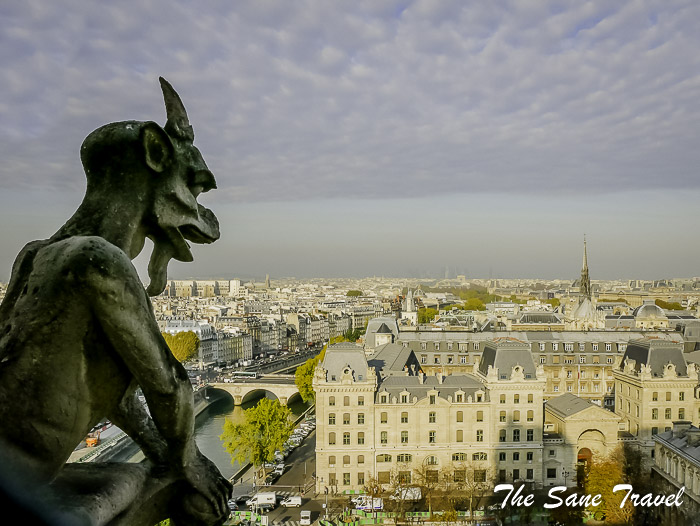
1) Paris, Banks of the Seine (1991)
It is quite a large site with an area of 365 hectares. When it comes to UNESCO Heritage Sites, an interesting question comes to mind whether this particular site or building is included in the UNESCO Heritage List? As heritage sites are very differently composed, sometimes it is difficult to answer this question. The Eiffel Tower, the Cathedral of Notre Dame, and the Louvre Museum would be good examples. These places individually are not in the list, yet they still count for it since they are part of Paris, Banks of the Seine listing. Regardless it is gorgeous, so feel free to enjoy it. By the way, I am quite proud to make a version of the famous view of Paris from the top of Notre Dame quite a short time before the unfortunate fire. Fingers crossed for its quick renovation.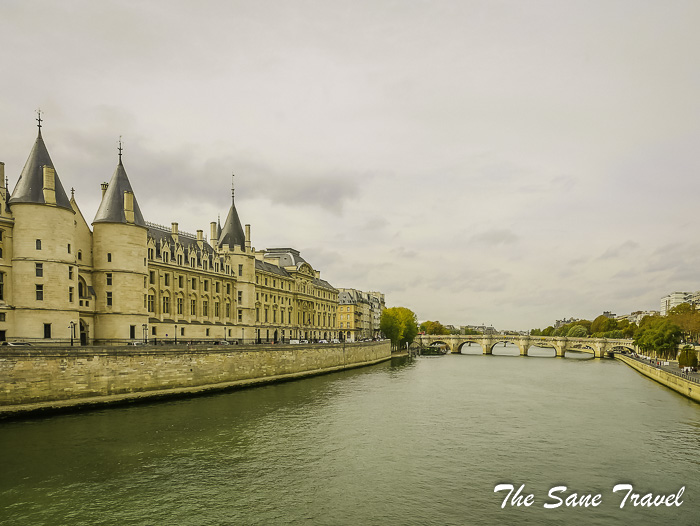
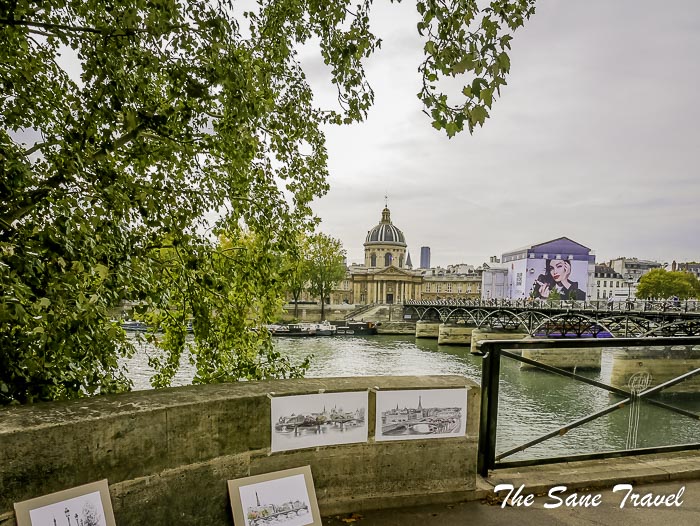
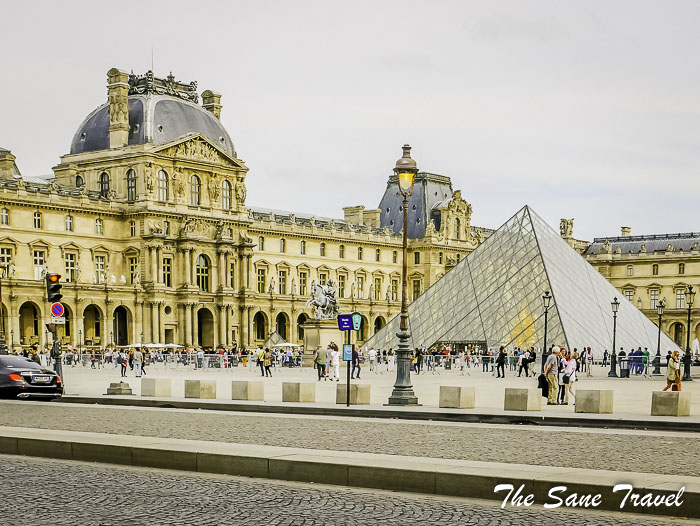
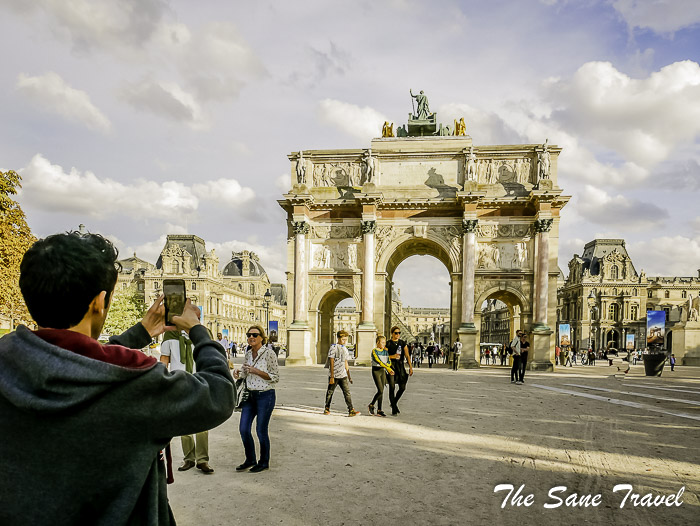
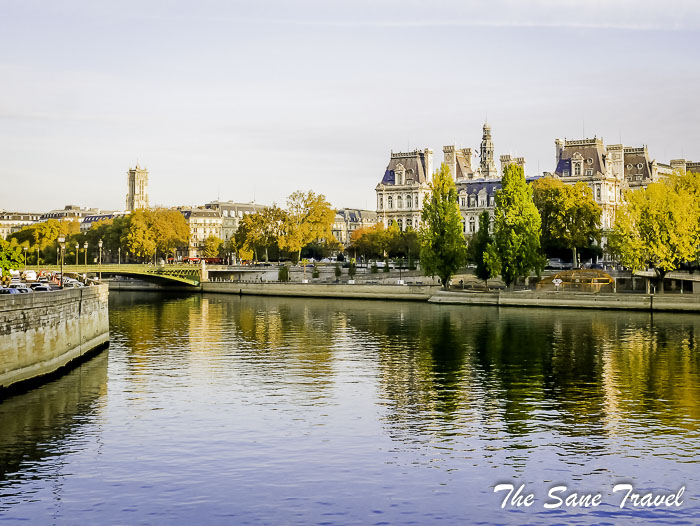
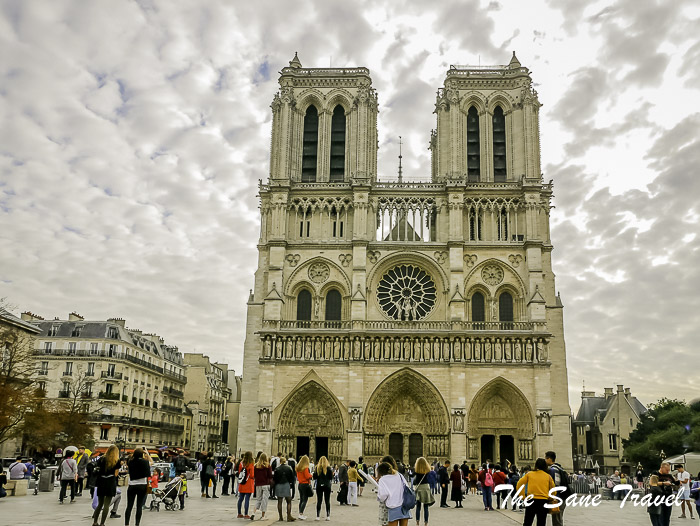
2) Palace and Park of Versailles (1979)
The Palace of Versailles was the principal residence of the French kings from the time of Louis XIV to the last king of France, Louis XVI, who remained at his position until 1789. Developed by several generations of architects, sculptors, decorators, and landscape architects, it provided Europe with a model of the ideal royal residence for over a century.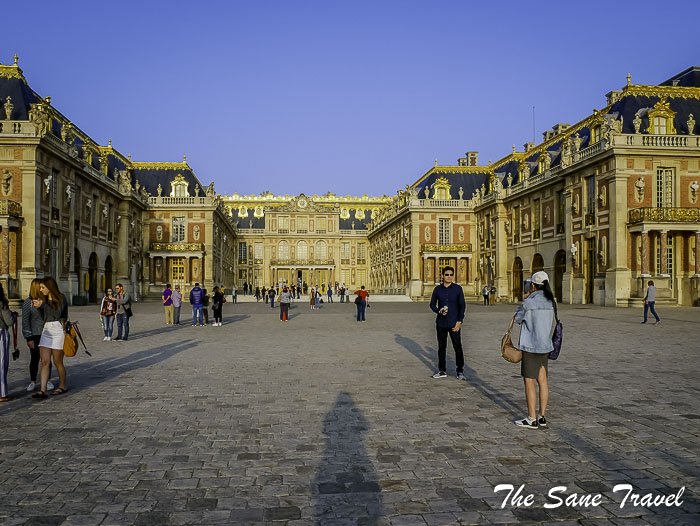
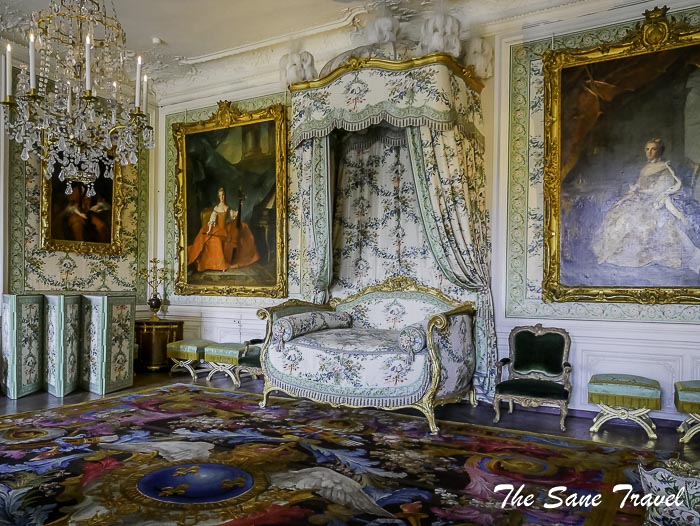
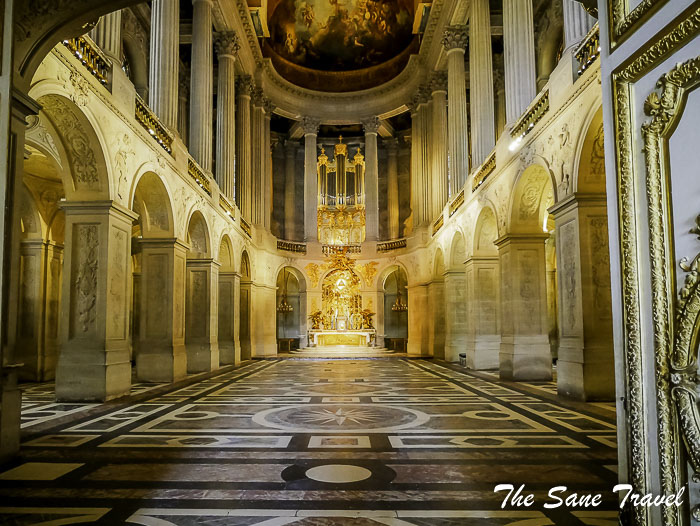
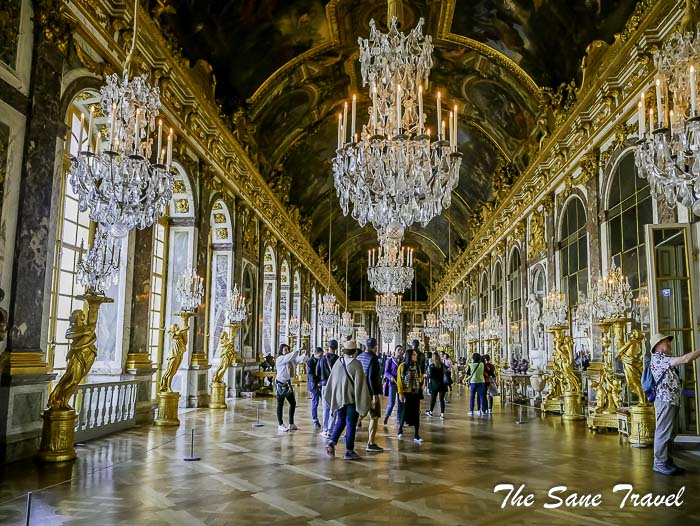
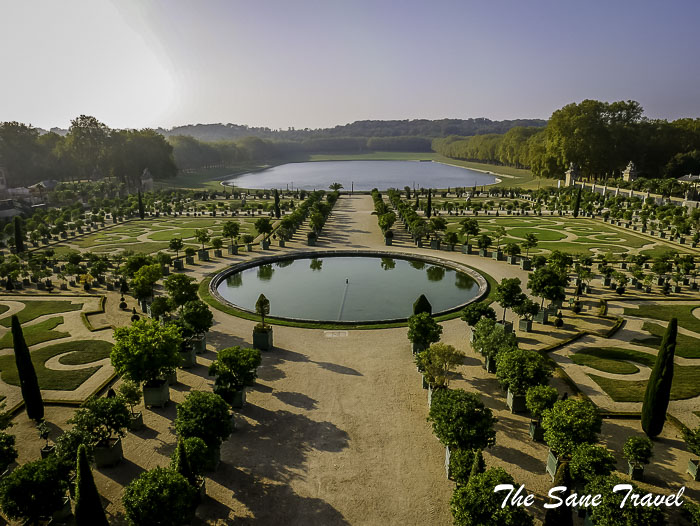 There have been several attempts made to build palaces after the model of Versailles in different places of the world, including Herrenchiemsee on the island in the Chiemsee Lake in Germany by King Ludwig II of Bavaria. Similarly, an analogue of the iconic French palace was created by a factory owner in the city of Qingyuan in Guangdong province in China.
There have been several attempts made to build palaces after the model of Versailles in different places of the world, including Herrenchiemsee on the island in the Chiemsee Lake in Germany by King Ludwig II of Bavaria. Similarly, an analogue of the iconic French palace was created by a factory owner in the city of Qingyuan in Guangdong province in China.
3) Palace and Park of Fontainebleau (1981)
If you want to be one of the rare visitors to the French king palace near Paris, try Fontainebleau. This palace had many rooms with original interiors, and it looked much more authentic to me than the Palace of Versailles.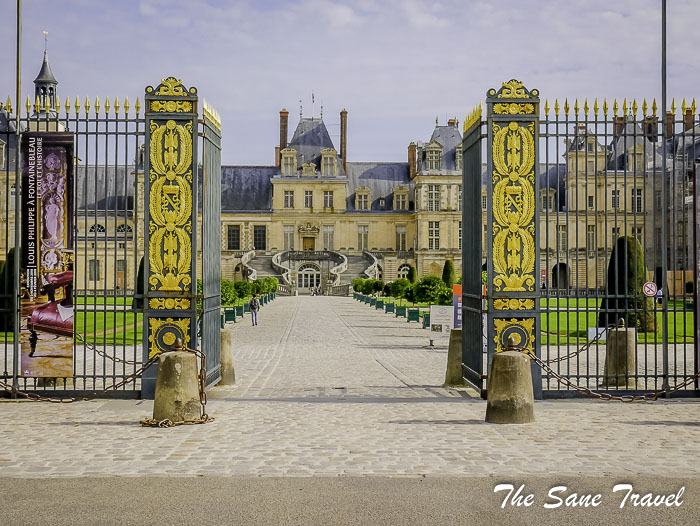
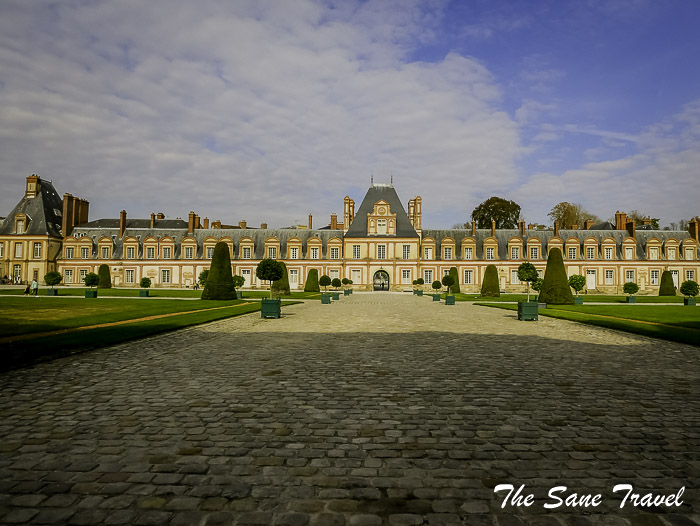
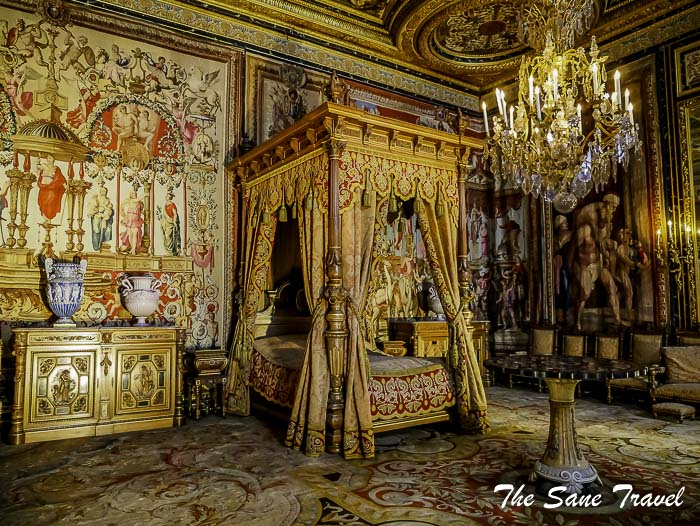
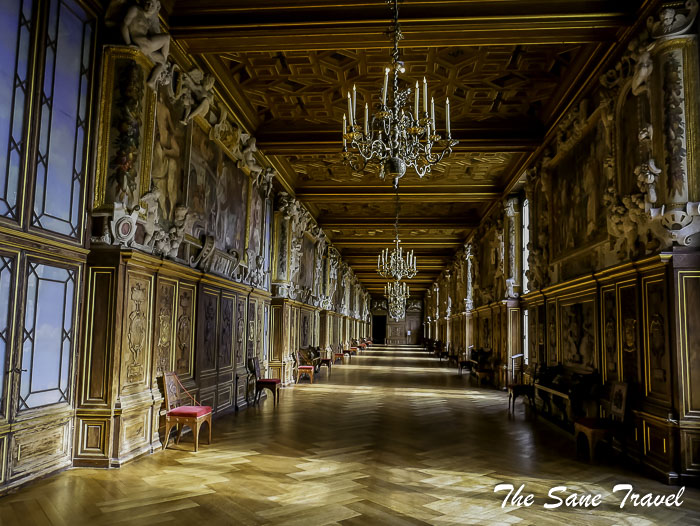
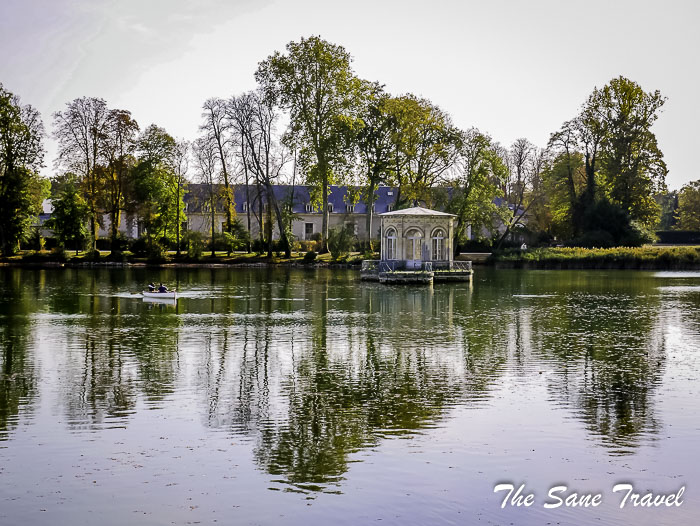 It was interesting to learn that just before his coronation in 1804, Napoleon Bonaparte decided to make the Château de Fontainebleau one of his residences and the castle was refurnished in just nineteen days. He continued to develop this jewel in the State’s crown until the end of his reign. There is a museum of Napoleon Bonaparte in the palace. The palace served as a military school, a prison, and an art and music school during its time. It was occupied by the Germans during the Second World War and even became NATO headquarters. Visitors can see Marie Antoinette’s bedroom, the Throne Room, Napoleon’s Apartments, and also the Pope’s Apartment.
It was interesting to learn that just before his coronation in 1804, Napoleon Bonaparte decided to make the Château de Fontainebleau one of his residences and the castle was refurnished in just nineteen days. He continued to develop this jewel in the State’s crown until the end of his reign. There is a museum of Napoleon Bonaparte in the palace. The palace served as a military school, a prison, and an art and music school during its time. It was occupied by the Germans during the Second World War and even became NATO headquarters. Visitors can see Marie Antoinette’s bedroom, the Throne Room, Napoleon’s Apartments, and also the Pope’s Apartment.
4) Bordeaux, Port of the Moon (2007)
Thanks to the top-quality wines produced in the local vineyards, Bordeaux is a city whose name, after Paris, is more recognisable than any other French city. To be honest, I was a little bit confused at first by the title of Bordeaux, Port of the Moon as UNESCO Heritage Site. Initially, I thought that only Port of the Moon is included. The truth is that Port of the Moon encompasses the historic centre of Bordeaux, an outstanding urban and architectural ensemble, created in the 18th century in the Age of Enlightenment. A bend in the river Garonne has created a natural harbour, and because of its shape, it is called Port of the Moon. Bordeaux is a large city, but most of the principal attractions are located in, or close to, the old city area. 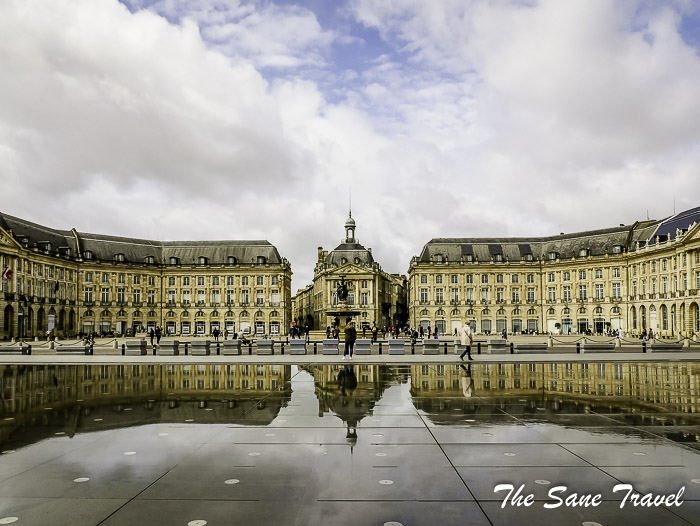
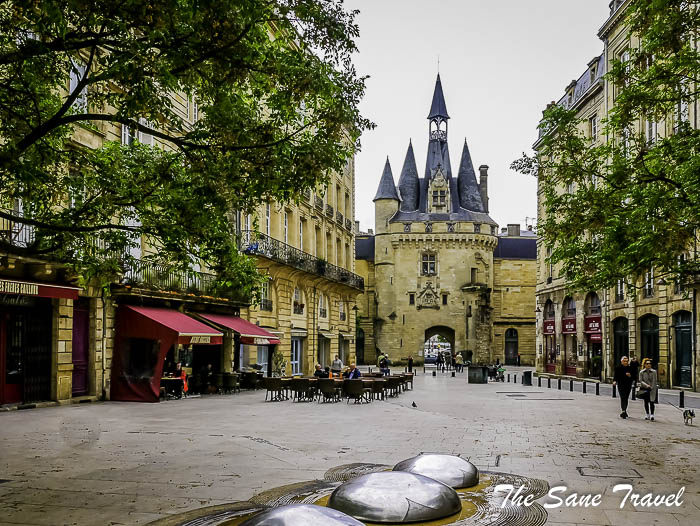
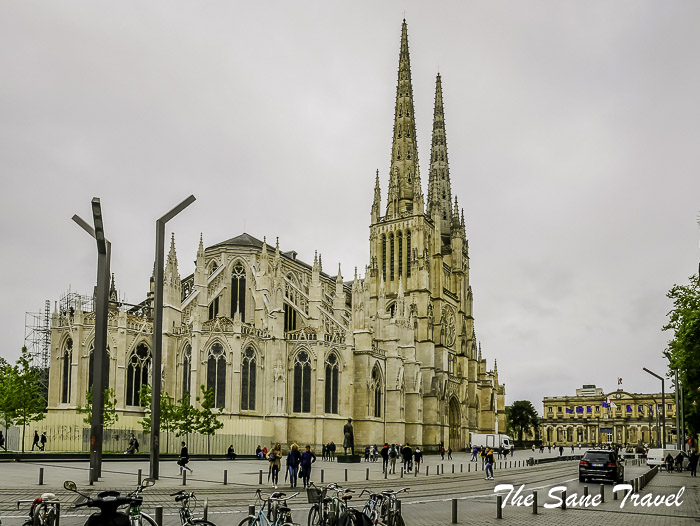
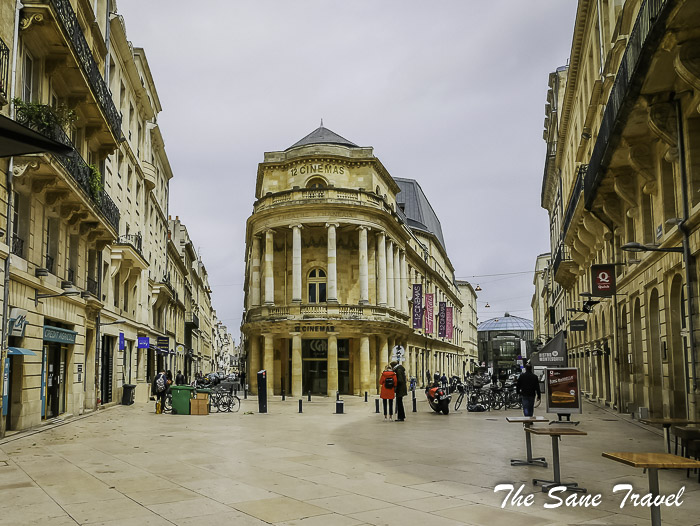 Do not miss wandering around the historic centre of Bordeaux, and be sure to visit must-see historical monuments, such as the Pey-Berland Tower, the Saint-André Cathedral, the Porte Cailhau, the Grand-Théâtre, or the Place de la Bourse.
Do not miss wandering around the historic centre of Bordeaux, and be sure to visit must-see historical monuments, such as the Pey-Berland Tower, the Saint-André Cathedral, the Porte Cailhau, the Grand-Théâtre, or the Place de la Bourse.
5) Jurisdiction of Saint-Emilion (1999)
The top wine producing area is located just about 50 kilometres east from Bordeaux. The little town of Saint Emilion, with its steep cobbled streets, wine merchants, and medieval underground church is a UNESCO World Heritage Site. This inscription represents approximately 5,000 hectares of vines spread over the eight villages of the Saint-Émilion Jurisdiction. When visiting, I was quite disappointed by the almost non-existent service provided for individual tourists. I was advised by a local tourist information centre to call wineries myself and arrange my visits in contrast with Cognac town where a representative of the tourist information centre organised all my visits to cognac houses. So I ended up travelling by a tourist train through the wineries with a short stop in one of them where I visited cellars and tasted a glass of wine. I would recommend travelling with a group to see more in Saint-Emilion. 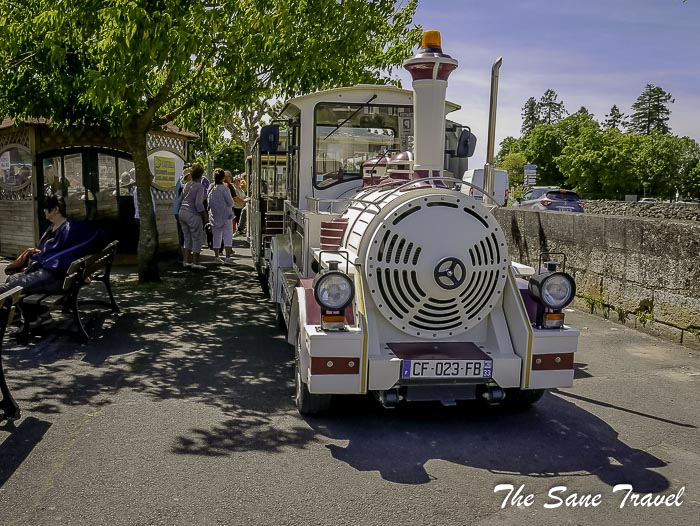
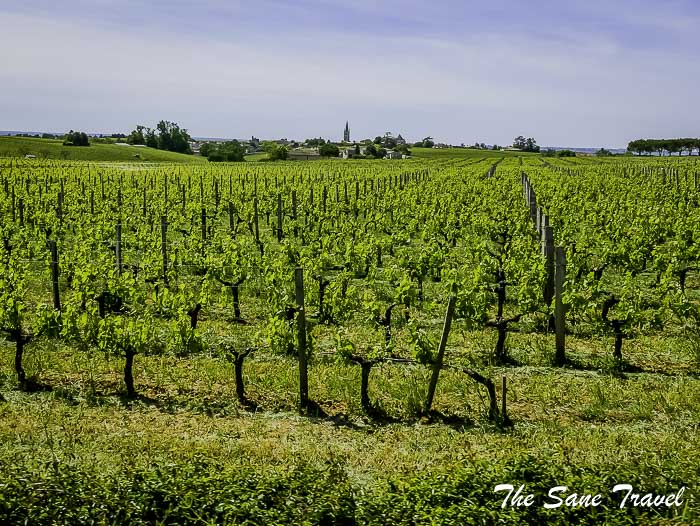
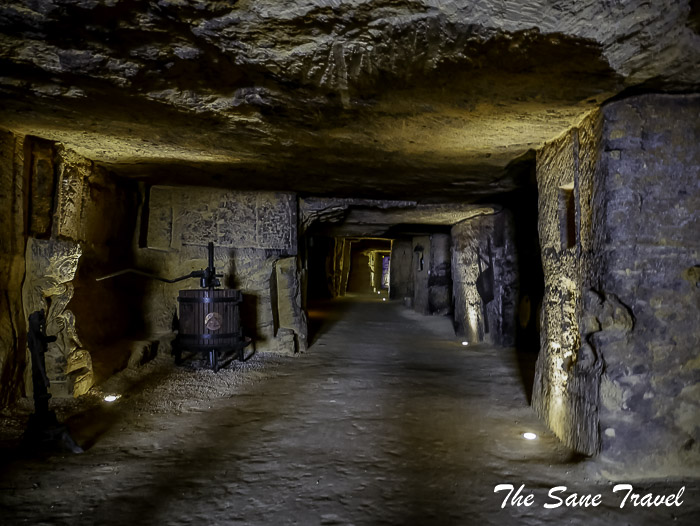
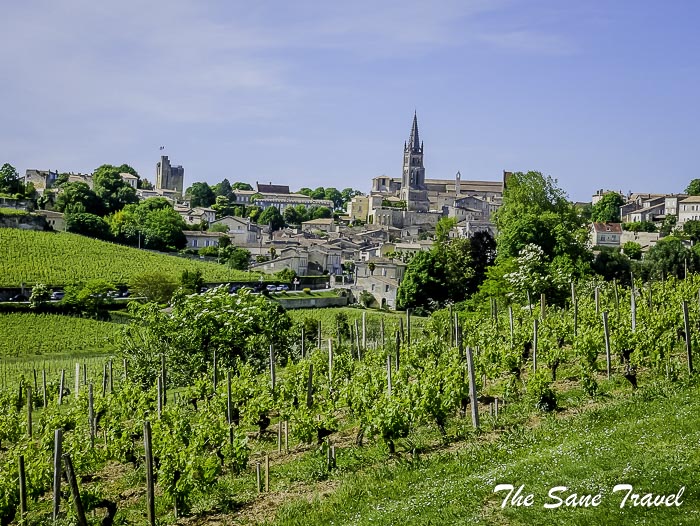
An interesting tip: Since July 2015, two other French vineyards have been listed by the UNESCO.
6) Routes of Santiago de Compostela in France (1998)
Throughout the Middle Ages, Santiago de Compostela was a major destination for numerous pilgrims from all over Europe. In order to reach Spain, the pilgrims had to pass through France. Four symbolic routes depart from Paris, Vézelay, Le Puy and Arles and cross the Pyrenees, joining the numerous itineraries taken by the travellers. Pilgrimage churches, simple sanctuaries, hospitals, bridges, roadside crosses bear witness to the spiritual and physical aspects of the pilgrimages. The route and UNESCO Heritage Site has 78 locations in France. Of course, I have not visited all of them, just a few. To me, the most impressive was the Cathedral Saint-Front in Périgueux. The cathedral was named after the first bishop of Périgueux. Dating back to the 12th century, it underwent numerous modifications before reaching its current Romano-Byzantine architecture. Its bell tower rises to 62 meters. It is the oldest bell tower in France and the only Byzantine style in the world.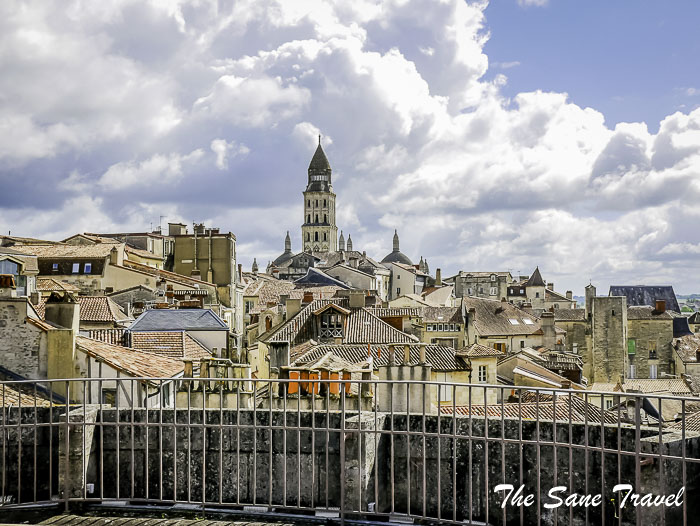
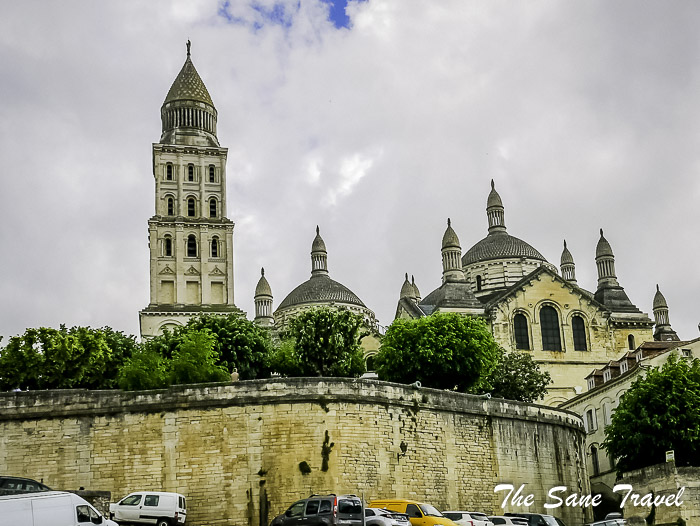
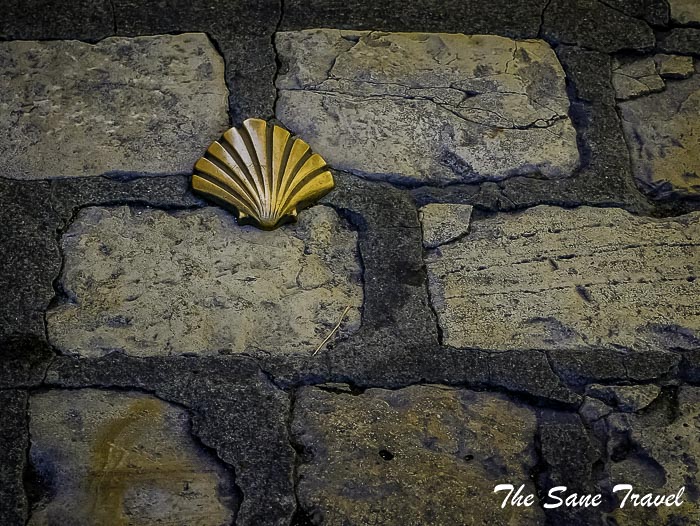
7) Prehistoric Sites and Decorated Caves of the Vézère Valley (1979)
Some 20,000 years ago a prehistoric man had settled throughout the Dordogne Valley. Many, many years later in 1940, a group of young boys walking in the countryside discovered the cave of Lascaux near Montignac. It revealed prehistoric cave paintings and a glimpse into the lives of our prehistoric ancestors living in the Vézère Valley thousands of years ago. You cannot see the original cave these days as it has been closed to the public and is accessible only to a very small number of scientists. After its closure in 1963, a recreation of the original cave and its paintings with an exact replica started. There have been several attempts to do that. The last one opened in 2016, namely Lascaux IV became the leading international centre of Palaeolithic cave art. It contains not only the cave replica but an entire exhibition space dedicated to the art and history of Lascaux. The complete cave reproduction has been built to recreate the form and the paintings exactly as they are in the original. The cave and 100 per cent of its paintings have been reproduced and opened to the public. It's only one awesome place you can visit in Perigord Noir. 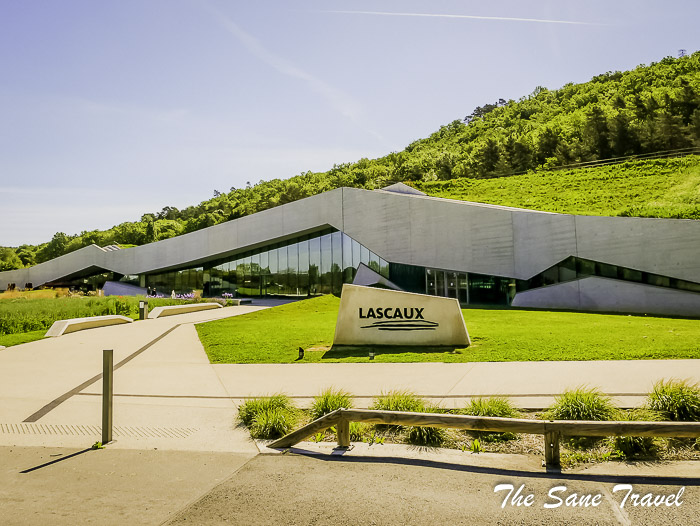
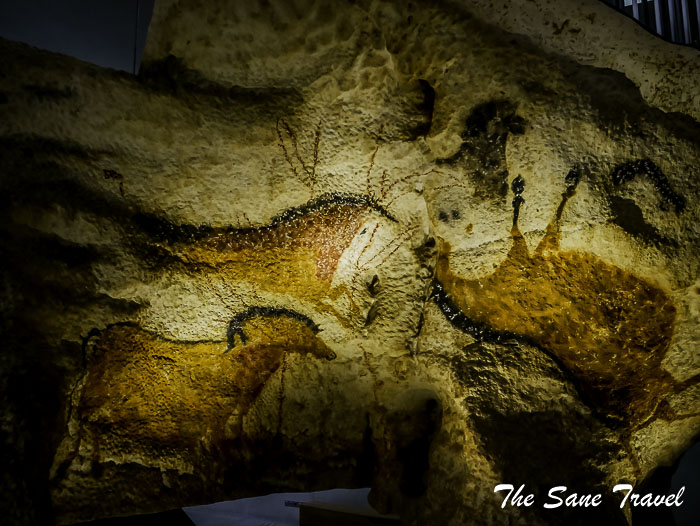
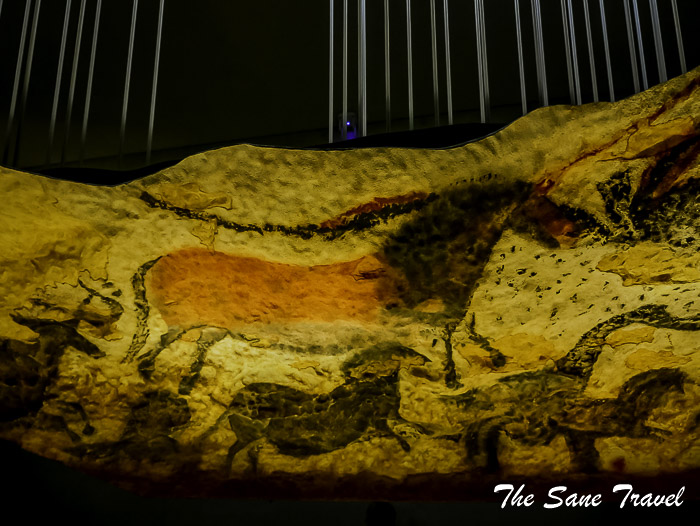
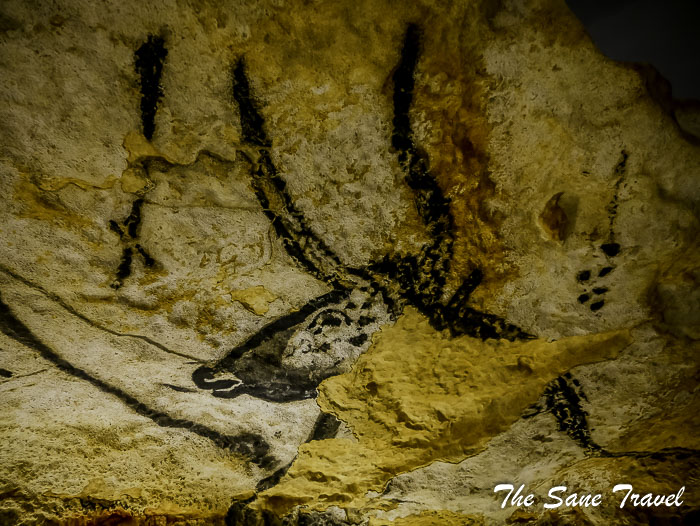
8) Mont-Saint-Michel and its Bay (1979)
The Mont-Saint-Michel, in accordance with the tradition of places of worship dedicated to Saint Michel, is a sanctuary located in a place that is difficult to access. This place of pilgrimage was frequented throughout the Middle Ages and later served as a seat of a Benedictine Abbey of strong intellectual influence. It is recognised as one of the most important sites of Christianity. Because of its position and unreachability at high tide, it was used as a fortification in ancient times. Over the course of many years, it has been a garrison and even a prison. The site was awarded World Heritage status not only because of its unusual natural features but also due to its historical and architectural significance. I recommend staying overnight there to fully embrace the charm of the place.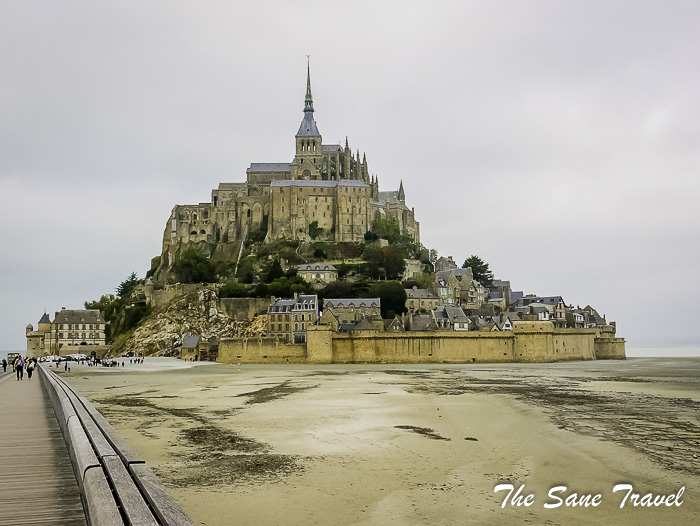
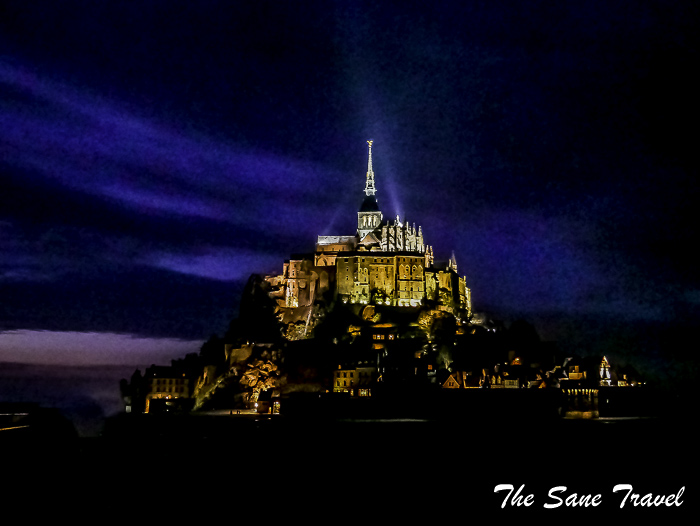
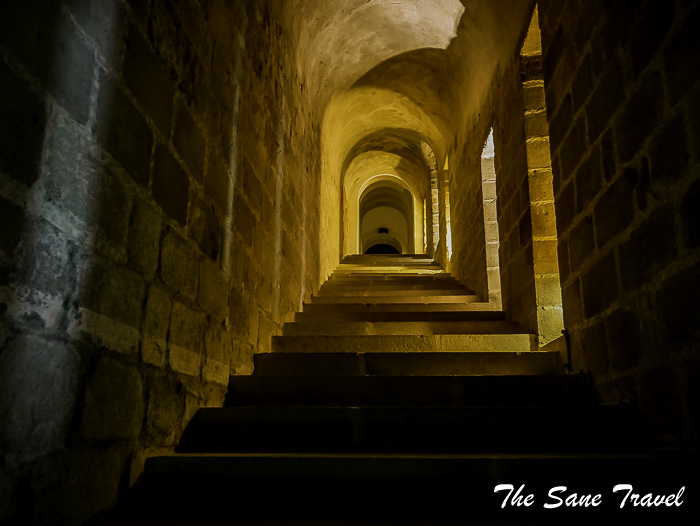 Like it? Pin it!
Like it? Pin it!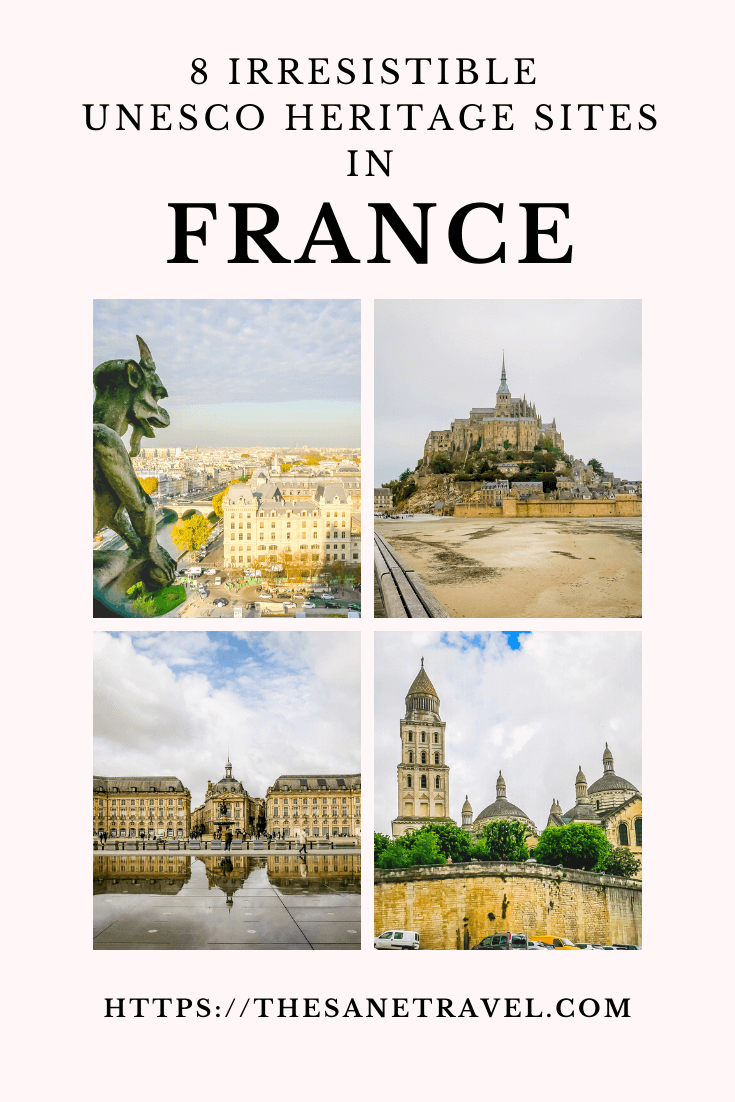
What did you think? What are your favorite UNESCO heritage sites in France? I’d love to hear from you so please add your comments below.
Author: Anita Sane

About the author
Anita is a part-time traveller, passionate photographer and a retired career woman from Latvia, travelling mostly solo for more than 15 years. She is a skilled travel planner who plans and executes her travels by herself. Anita wants to show you how to travel the world and open your mind to new experiences. Follow her on Facebook, Instagram, Pinterest, Twitter and Bloglovin.

Report
My comments